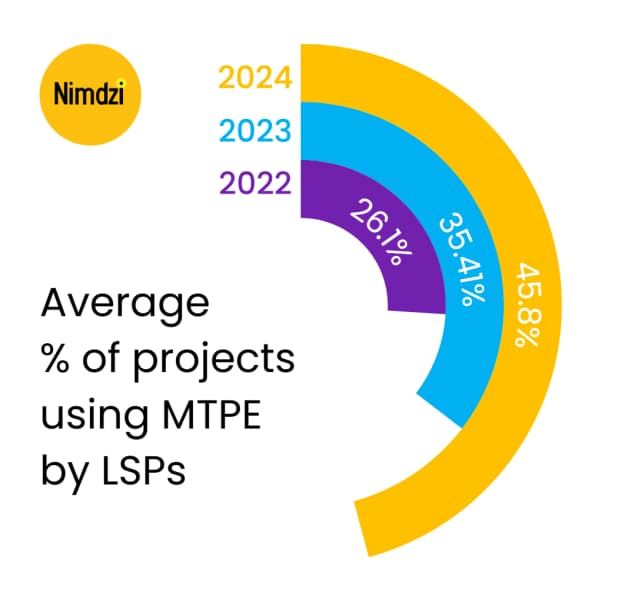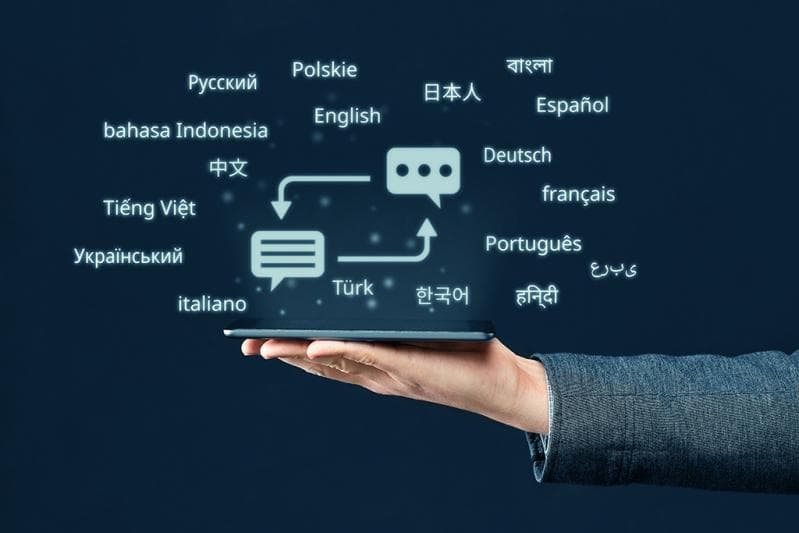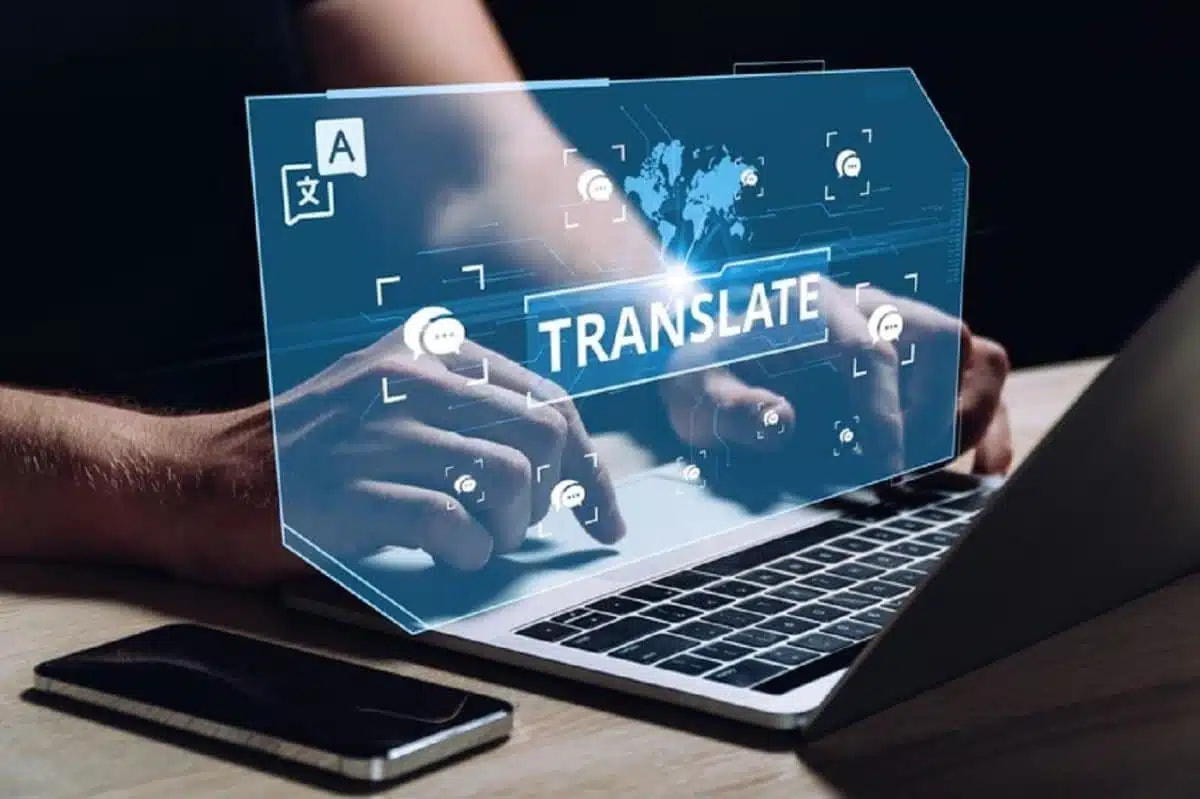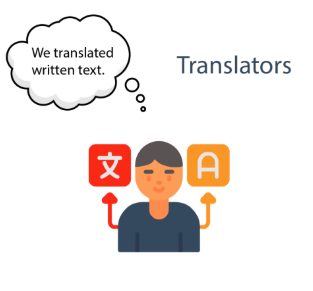Machine translation post-editing (MTPE) has fundamentally reshaped production models in the language services industry. No longer an experimental option limited to technology pioneers, MTPE has become a core workflow widely adopted by many language service providers and multinational enterprises.

語言服務(wù)提供商MTPE平均采用率
Noticeable efficiency gains, but a practice gap remains
On the whole, the combination of MTPE and supporting technologies has delivered tangible efficiency improvements across the industry. Leading organizations that integrate machine translation quality estimation (MTQE/AIQE — automated scoring and routing of MT output) with automated post-editing (AutoPE) tools have been able to cut human intervention costs by more than half. For some low-risk content types, manual handling can be reduced to as little as 20% of previous levels.
These technology stacks have been validated in live production environments. Their value is driven both by steady improvements in baseline machine translation quality and by the rise of generative AI, which has injected new capabilities into areas such as automatic correction. Take Glodom’s neural-network machine translation platform as an example: by adopting MTPE as a core service pathway, Glodom combines MT efficiency with the precision of human post-editing. Post-editors systematically correct grammatical and syntactic issues to enhance fluency and stylistic consistency, while relying on domain expertise to accurately render technical terminology and industry-specific expressions. This reduces the risk of translation errors and enables targeted adjustments to match clients’ brand voice and audience preferences—achieving an optimal balance of quality, speed, and cost.
Despite many organizations adopting MTPE and benefiting from it, a significant portion of the industry has not realized these gains. These providers often continue to treat machine translations with traditional full manual review—checking every segment in detail—which lengthens delivery times and raises costs unnecessarily. The fact that such divergent outcomes occur under the same technological conditions suggests a systemic efficiency gap rooted in strategic integration rather than mere technology access.

MTQE and AutoPE
Closing the efficiency gap hinges on adopting smarter tooling. Within the MTPE ecosystem, machine translation quality estimation (MTQE/AIQE) is central to implementing intelligent process control. MTQE systems automatically score and tier translation segments, enabling content to be routed appropriately: high-quality output can be approved for direct publication, medium-quality output can undergo fast light editing, and low-quality output can be scheduled for re-translation or in-depth intervention. This approach reduces editor workload while improving end-to-end throughput—without compromising quality objectives.
Automatic post-editing (AutoPE) builds on this foundation by learning from historical edit behavior to automatically correct repetitive errors. AutoPE tools powered by large language models can also follow stylistic instructions—such as enforcing terminology choices, unifying register, or removing gender bias—substantially extending the scope of automation. The combined use of MTQE and AutoPE is shifting human roles away from routine text repair toward quality oversight and strategic decision-making.
Although these technologies are maturing, their adoption still lags behind MTPE itself. Integration complexity, limited in-house natural language processing expertise, and client expectations rooted in traditional processes are commonly cited barriers. Yet, with rising competition and mounting cost pressure, these obstacles can increasingly be addressed through coherent strategy and technical solutions.

The human factor and organizational culture remain core challenges
Beyond technology, human factors are equally critical to unlocking efficiency gains. New workflows require language professionals to shift from line-by-line editing to outcome validation and exception handling; sound judgment, technical adaptability, and robust quality-control skills become more important than ever. Glodom’s talent sourcing and training efforts focus on building post-editing teams with strong bilingual competence and multi-vertical experience, supported by systematic training programs and quality assessment frameworks to ensure close alignment between personnel capabilities and MTPE workflows, and to guarantee high-standard deliveries.
As MTPE becomes embedded in practitioners’ daily work, cultural conservatism remains a subtle but powerful barrier—manifesting as over-editing, distrust of automated outputs, and a default inclination to “fix everything.” Such practices not only waste resources but can also delay delivery and erode margins.
Therefore, driving a human-role transformation and cultural adaptation is essential to realize MTPE’s full potential. Companies must do more than deploy tools: they need to implement comprehensive training, clarify new responsibility models, and cultivate organizational trust in automated processes so that personnel can act as effective decision makers in high-performance human-machine workflows.



